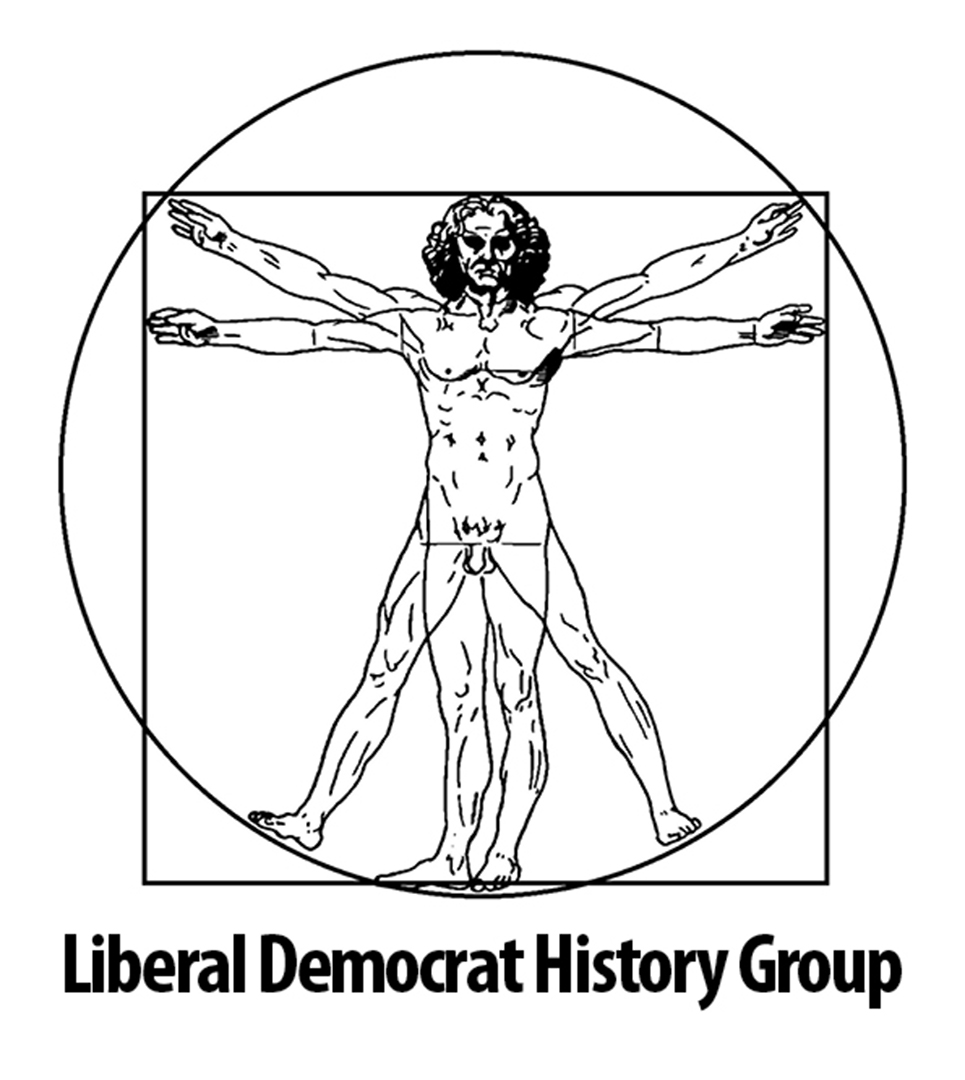The spirit of war had led many to favour an extension of the political consensus in order to create a new centre party that would meet the challenges of the new era in a constructive manner.
In 1918, it was generally felt that there was little difference between the main parties and the horror of war had made traditional party warfare seem insignificant. The prospect of fusing the Conservative and Liberal parties together was therefore one that attracted some support from certain quarters. The New Members Group, which comprised of newly elected younger members such as Oswald Moseley, were particularly drawn to the idea following their gruesome and humbling experience on the battlefield. Key figures such as Christopher Addison and Winston Churchill also favoured a less partisan course and Churchill famously addressed the New Members Group at the Criterion Restaurant in July 1919.
Lloyd George’s agent, Freddie Guest, was also a major supporter of the idea and regularly briefed his political master on the issue. The concept of establishing a new centre party was one that particularly appealed to Lloyd George, given that he lacked his own secure political position having become estranged from most of his Liberal colleagues during the course of the war. Aware that he could not remain at the head of a coalition government forever and having burnt his bridges with the Liberal Party, the prospect of taking his own supporters into a more long-term alliance with moderate Tories became one that enthused Lloyd George. Moreover, the prospect seemed achievable, given that key Tories such as Austen Chamberlain and Arthur Balfour were supporting the idea by the spring of 1920.
Just before the end of 1919, a number of Coalition Liberals and senior Tories gathered at Lord Birkenhead’s house to discuss a fusion between the two groups in order to resist the growing threat of socialism, as Labour gained increasing support at the polls. The prospect of a five to ten year programme for government was discussed and Birkenhead himself began touting support for the idea in the pages of the Weekly Dispatch.
A draft manifesto was produced, with Fisher acting on behalf of the Liberals and Birkenhead and Robert Horne putting forward the Conservative case. Negotiators even discussed a name for the new group, with Lloyd George favouring the adoption of the United Reform Party. By the beginning of 1920 the manifesto was complete and on 16 March, Lloyd George presented his plans to the Coalition Liberal Ministers, two days before the Tory leaders were due to deliver their plans to their colleagues. However, Lloyd George had grossly over-estimated the extent to which his colleagues would support the plans, which were rejected by both Coalition Liberal Ministers and backbenchers alike. According to Geoffrey Searle this rejection was fuelled more by accident than design; Lloyd George fatally presenting fusion as a purely negative reaction to socialism, which alarmed those Coalition Liberals who were reluctant to finally abandon their Liberal roots.
As a result, the opportunity to overhaul the existing political system passed. Although this allowed Lloyd George to re-unite with his former Liberal colleagues at a later date, Liberalism would never again be the powerful ideological force that it had once been and the Liberals would soon emerge as the third party in a newly aligned two-party system.

